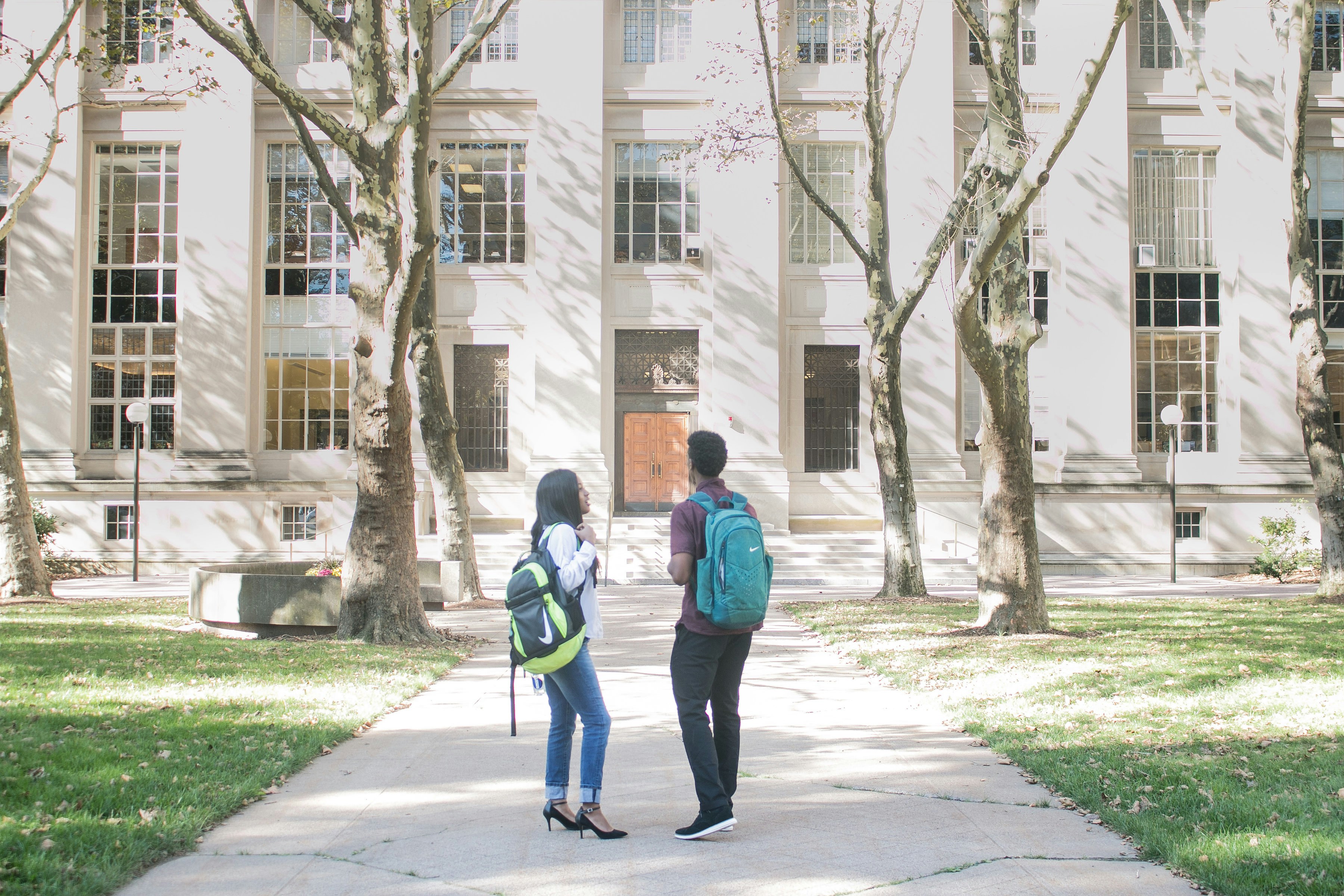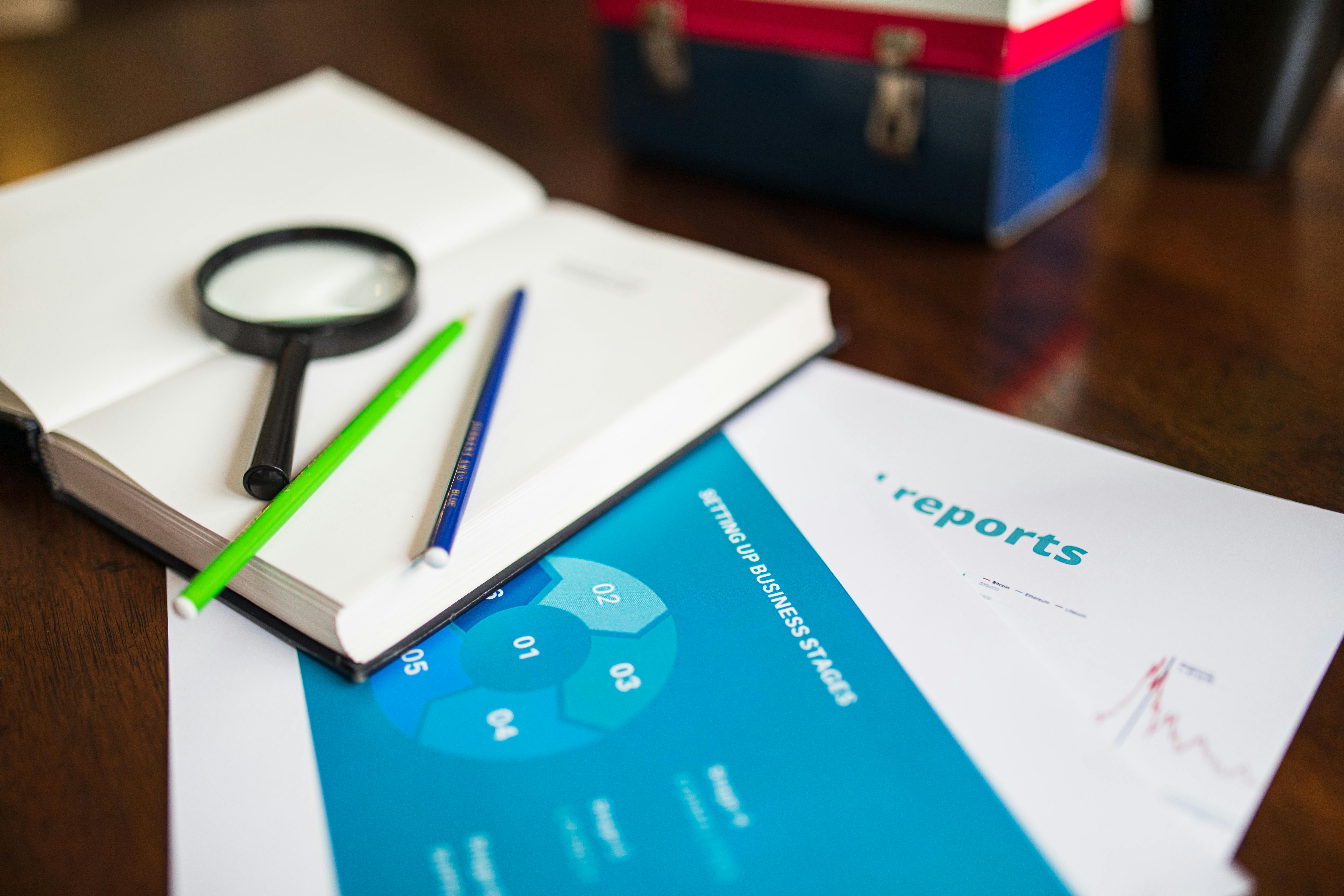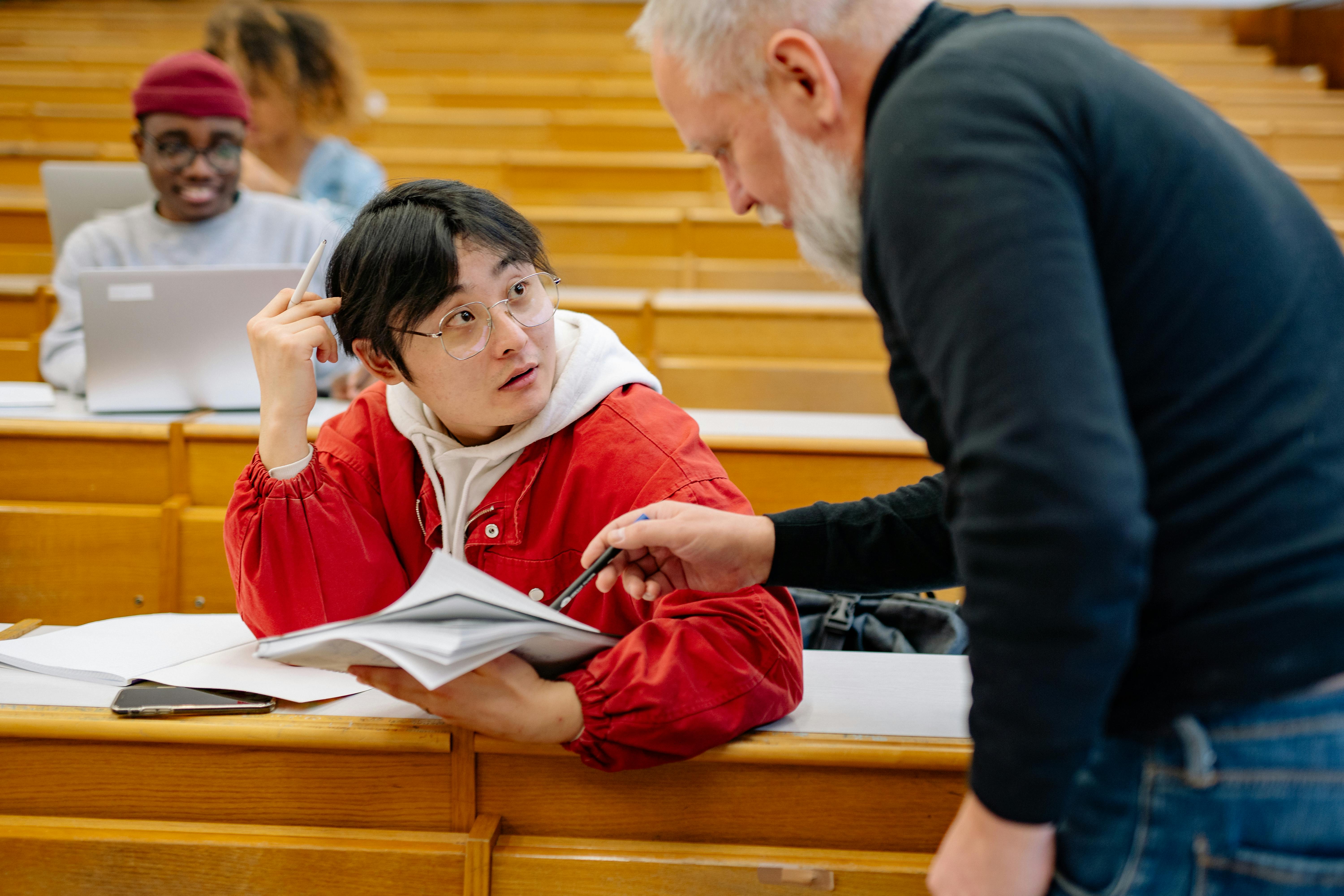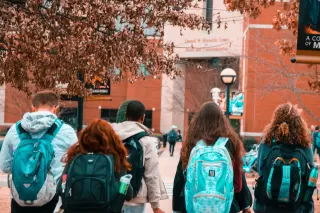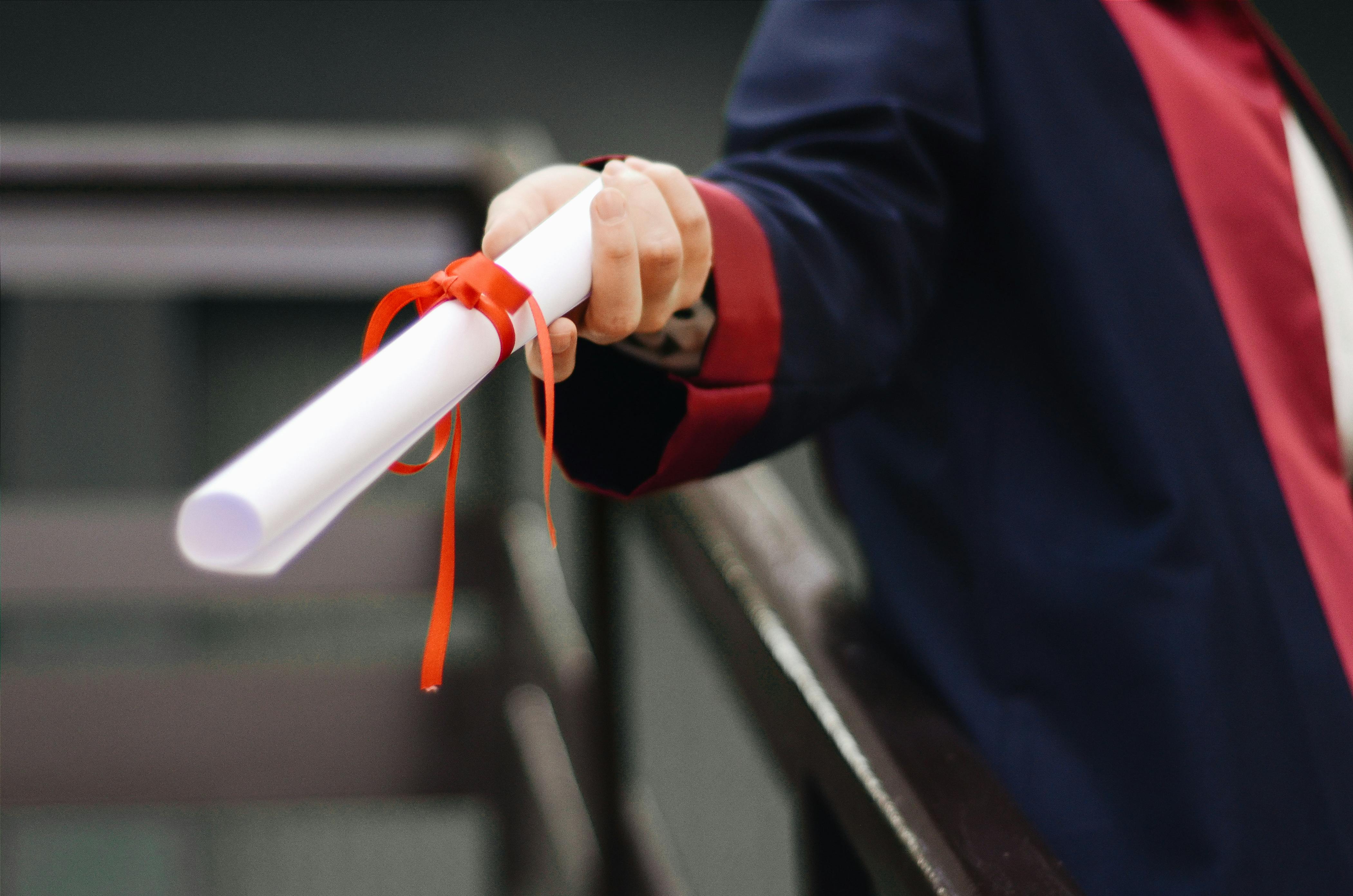April 22, 2025
How Leaders in Higher Education Can Embed Behavioral Science in Their Institutions
When challenges are addressed through a behavioral science lens college leaders can enact systemic change.

Ross E O’Hara, Ph.D.
About

Behavioral science can help simplify and streamline bureaucratic processes rather than "nudge" students along
Faculty, staff, and college leaders can benefit from knowledge in behavioral science
Behavioral science is best deployed as a tool at the design stage rather than as a post-hoc fix for struggling programs
Attending college is a quagmire of complex decision-making. For years, students make choices that have multiple options, short- and long-term ramifications, and unknowable outcomes—from the initial decision whether to go to college to declaring a major, figuring out financing, and earning good grades.
In this context, the thoughtful application of behavioral science could potentially change the academic and career trajectories of countless individuals. Yet colleges and universities have not embedded behavioral science within their institutions to the same extent as have some businesses or governments. Instead, behavioral scientists and research organizations have mostly engaged higher education from the periphery, designing nudges to change specific, singular, and time-bound student behaviors, such as choosing a college or completing financial aid (like FAFSA).
Read on to learn how college leaders can use behavioral science to initiate systemic changes to their institutions.
Subscribe to our newsletter
Stay updated on our latest posts and research-backed insights.
Thank you! Your submission has been received!
Oops! Something went wrong while submitting the form.

Ross E O’Hara, Ph.D.
Chief Learning Officer
Dr. O'Hara is Chief Learning Officer at Persistence Plus, where he applies his expertise in behavioral science to develop scalable interventions that improve college student retention. He has developed motivational and empathetic messaging for college students for over 11 years, and he currently leads a Lumina Foundation-funded action research project on continuous enrollment in community colleges. Dr. O’Hara earned his Ph.D. in social psychology from Dartmouth College and completed post-doctoral fellowships at the University of Missouri and the University of Connecticut. His research has appeared in numerous peer-reviewed journals, including AERA Open and the Journal of Postsecondary Success, and he has contributed to Behavioral Scientist, the EvoLLLution, and EDUCAUSE Review, among others.
%201.svg)





